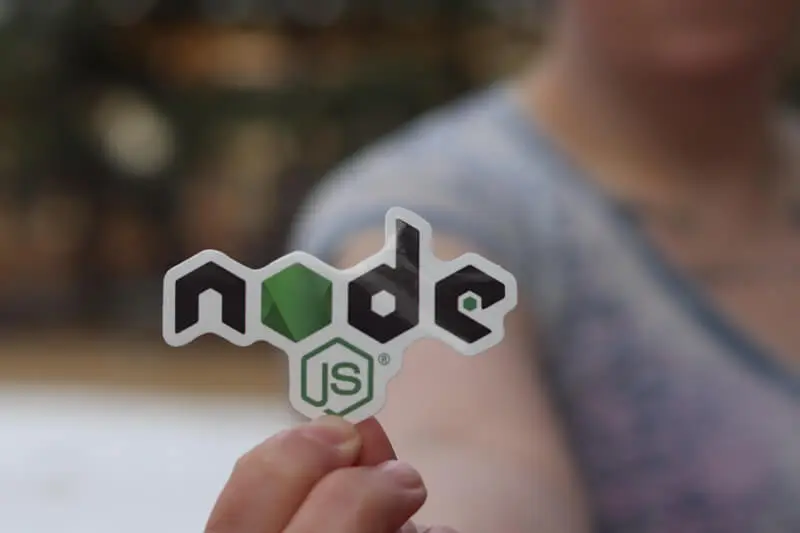Choosing the right web development framework for your project can seem like a real challenge. With so many options, each with unique features, the decision can be daunting even for experienced developers. Factors such as the needs of your project, the skills of your team, and the budget should be considered. From well-known frameworks like React and Angular to newer entrants, options abound. This guide rich with expert insight is here to help you navigate these options. Examine the different frameworks, consider their strengths and weaknesses, and align your decision with web development best practices for a successful solution.
What is a Web Development Framework?
A web development framework is a pre-established, structured platform that simplifies and expedites the web application development process. It provides a foundation for developers to build upon, enabling them to focus on the core functionalities of the application without getting bogged down by repetitive tasks. These frameworks come with a set of tools, libraries, and best practices that facilitate efficient development and help create robust, scalable, and maintainable web applications.
Understanding Your Project Needs
Choosing the right web development framework starts with comprehending your project’s unique needs. Here’s a streamlined guide to assess those vital aspects:
- Type of Application: Are you creating a simple single-page application (SPA) or a multifaceted web app? A lightweight framework like Vue.js could be ideal for a SPA, while Angular might suit a more complex project.
- Performance Requirements: Next, examine anticipated traffic and scalability. For high traffic, a scalable solution like React may be wise. Consider server response times and data handling; a slow site can deter visitors, so a fast framework is crucial.
- Developer Expertise: Then, evaluate your team’s proficiency with programming languages. If they’re skilled in JavaScript, frameworks like React, Angular, or Node.js may fit well. The learning curve should not hinder development.
- Integration Requirements: Additionally, ponder how the framework will mesh with other tools and systems. Easy integration with databases and third-party applications is essential.
- Budget Constraints: Furthermore, assess the cost factor. Open-source frameworks with robust community support might be the way to go if budget is an issue.
- Security Considerations: Finally, in this age of increasing cyber threats, robust security features are a must. Investigate each framework’s security protocols to match your particular needs.
This brief overview will guide you in selecting a framework that aligns with your project’s specific demands, ensuring a successful development process.
Popular Frameworks: Pros and Cons
When selecting a web development framework, understanding the strengths and weaknesses of popular options can guide your decision. Let’s explore some of the well-known ones:
- React: Created by Facebook, React has taken the development world by storm, known for its flexibility and vast community support.
- Pros:
- Easy Learning Curve: New developers find React accessible.
- Strong Community: Numerous resources, forums, and extensions are available.
- Cons:
- Library, Not a Full Framework: Additional tools needed to create complete solutions.
- Complexity with Large Projects: Managing large-scale applications may become complex.
- Pros:
- Angular: Google’s Angular offers a comprehensive solution for building robust applications.
- Pros:
- Two-Way Data Binding: Eases the connection between view and business logic.
- Excellent CLI: Provides powerful command-line tools for development.
- Cons:
- Steeper Learning Curve: It may take more time to become proficient compared to React.
- Size: Larger file sizes may lead to slower loading times.
- Pros:
- Vue.js: An emerging favorite, Vue.js offers a middle ground between React and Angular.
- Pros:
- Flexibility: Easily adapts to projects of different sizes.
- Small Size: Faster loading times due to a smaller file size.
- Cons:
- Smaller Community: Less community support compared to React and Angular.
- Limited Plugins: Fewer plugins and extensions are available.
- Pros:
- Node.js: Ideal for server-side development, Node.js is known for its efficiency.
- Pros:
- High Performance: Excellent for real-time applications.
- Same Language on Client and Server: Utilizes JavaScript for both ends.
- Cons:
- Callback Hell: Managing asynchronous callbacks can be challenging.
- Not Ideal for CPU-Intensive Tasks: It may struggle with tasks that require heavy CPU processing.
- Pros:
Selecting the right web development framework isn’t one-size-fits-all. Each of the aforementioned frameworks comes with unique features and potential drawbacks. Understanding these, along with your project’s specific requirements, will guide you to the optimal choice for web application development.
Consider the Trends
The web development landscape is ever-changing, and aligning with current and future trends can make or break your project’s success. According to a 2023 survey, Node.js is currently the most used framework among developers, but there’s more to consider:
- Community Support:
- Forums and Online Groups: Look for active forums and groups that discuss the framework. More community engagement ensures that you’ll find support and solutions easily.
- Regular Updates: Check how frequently the framework is updated. Regular updates indicate a lively community committed to maintaining the framework.
- Plugins and Extensions: Evaluate the number of plugins and extensions available. A rich ecosystem enhances development speed and flexibility.
- Future Growth:
- Roadmap: Look at the framework’s roadmap to gauge its future potential. Is the team behind it planning new features? Are they aligned with future technologies?
- Adoption Trends: Assess the rate of growth in the framework’s adoption. Rapid growth often indicates future sustainability.
- Corporate Backing: Consider if well-known companies back or use the framework. Corporate backing often ensures long-term support and development.
- Current Popularity:
- Market Share: Researching the market share of a framework can give you insights into its stability and popularity within the industry.
- Developer Satisfaction: Analyze developer reviews and feedback. Satisfaction levels often reflect the framework’s efficiency and ease of use.
Choosing the right web development framework requires a careful assessment of the current trends, community engagement, and future growth prospects. By considering these aspects, you can select a framework that’s not only robust today but also promises long-term sustainability.
Aligning with Business Goals
Choosing the right web development framework isn’t merely a technical decision. It must align with your business’s long-term goals, ensuring that the selected framework fits not only your development needs but also your broader business strategy. Here’s how you can align this choice:
- Maintainability:
- Ease of Maintenance: Select a framework that developers find intuitive. Ease of maintenance means quicker updates and less downtime.
- Community Support: A framework with strong community support can provide quick solutions to common problems, enhancing maintainability.
- Documentation: Comprehensive and well-maintained documentation is a key factor. It makes onboarding new team members easier and helps in troubleshooting.
- Integration:
- Compatibility with Existing Systems: Consider how well the framework integrates with your existing infrastructure and technologies. Avoid frameworks that might require extensive changes.
- Third-party Tools: Ensure that the framework supports third-party tools that your business relies on. It enhances functionality without significant additional development.
- Budget Constraints:
- Licensing Costs: If applicable, think about licensing costs. Open-source frameworks can be a good choice for budget-conscious projects.
- Development Costs: Estimate the learning curve for your team. A framework that aligns with their expertise can reduce training costs.
- Ongoing Expenses: Think about long-term support and scalability. Is there a cost associated with updates or additional modules?
- Security Compliance:
- Built-in Security Features: Assess the security features provided by the framework. The security of user data and business information is paramount.
- Compliance with Regulations: Ensure that the chosen framework complies with legal and industry regulations relevant to your business.
Your choice of web development framework should be a balanced decision, factoring in maintainability, integration capabilities, budget constraints, and security compliance. By aligning this choice with your business goals, you can ensure a more streamlined development process and a more robust final product.
Conclusion: Tailoring Your Choice
Choosing the right web development framework is a complicated decision that a web development agency must make by considering various factors. It goes beyond just picking the most popular or newest tool. It entails a careful analysis of the specific needs of the project, the trends in web development, the expertise of the development team, budget constraints, and alignment with long-term business goals. By understanding these aspects and selecting a framework that resonates with the project’s requirements, a web development agency can ensure a successful development process that serves both immediate needs and future growth.



